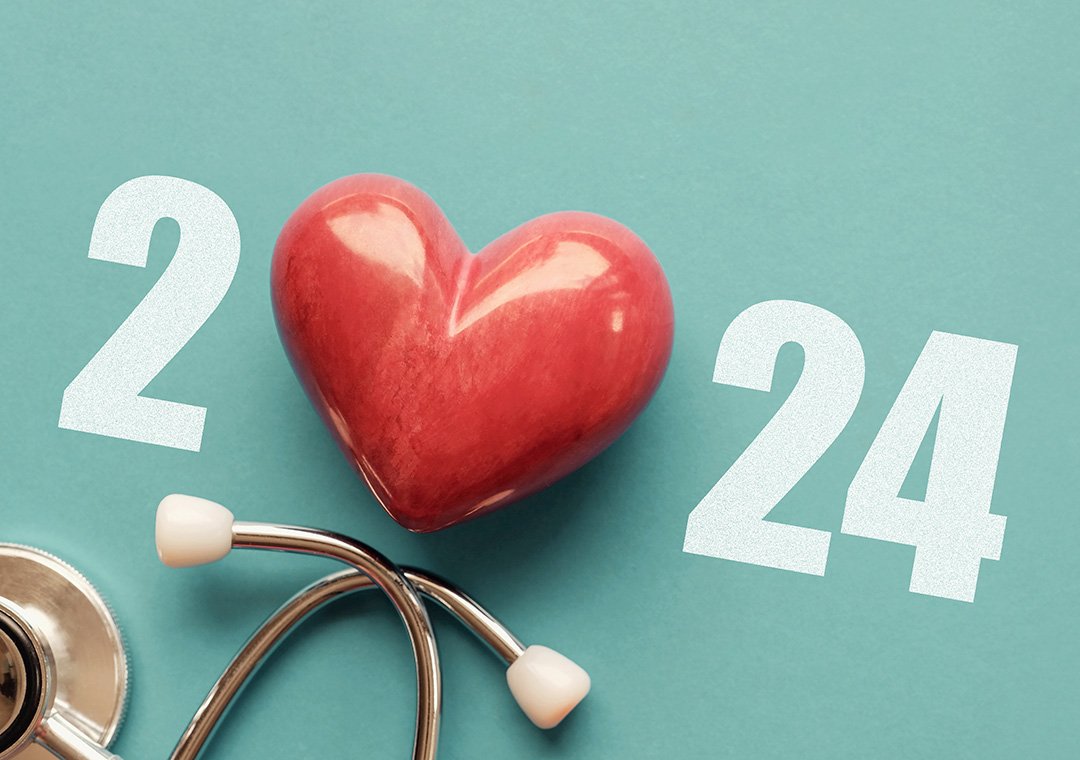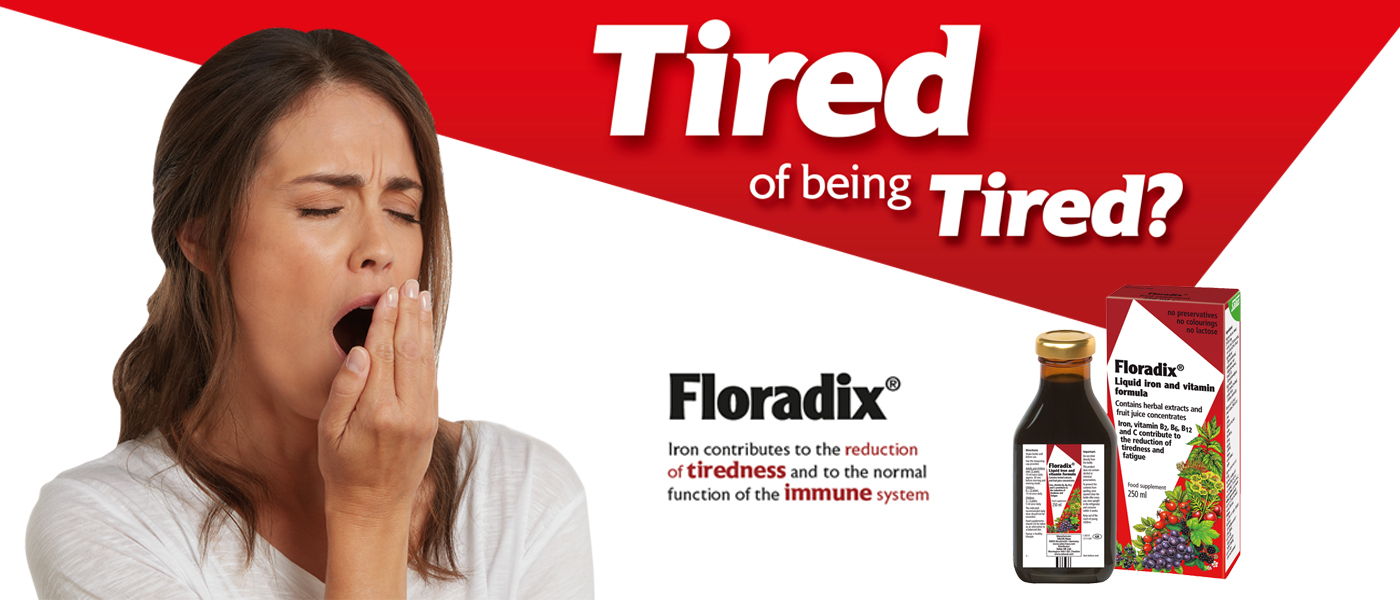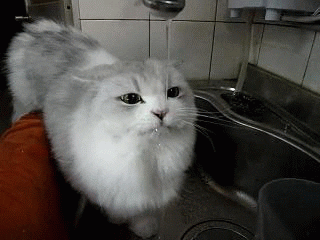
HEALTH IS WEALTH: 2024 OPPORTUNITIES
CHRIS AGER & MISCHA CHRISTIE
06/02/2024
How’s ‘new year, new me’ looking for brands in health and wellness? The space is constantly evolving: the worldwide wellness market is forecast to grow by 15% to $6.9 trillion by 2025. Senior Strategist Chris Ager and Medical Copywriter Mischa Christie look at the main emerging health trends, with thoughts on how brands can tap into them in 2024.
1: Green Energy

I see this woman more than I see my own family
Anyone else get super tired at work? I’m thinking about getting a coffee while writing this. But don’t worry, we’re not alone. Consumers are looking for healthier ways to boost their energy levels without the need for coffee, synthetic stimulants, or sugar-laden drinks.
This is in response to an increase of pervasive tiredness caused by growing workloads and digital fatigue. By 2032, the market for energy ingredients is forecast to grow to $47.87 billion worldwide giving 'natural energy' solutions the opportunity to gain traction in 2024.
Expect to see…
An emphasis on foods with natural ingredients that balance energy levels such as Nootropics, chemicals that naturally occur in the body, and Zynamite, a mango leaf extract.
2: Thirsty?

Don’t you just love when you get a nice stream of clear pee? Well, you’ll love hydration hacking, where consumers seek out hydration in fun, tasty and nutritious ways. It shows up in #watertok content and influencers pushing new hydration products.
We all know hydration is important (the human brain is made up of 75% water), but could this wave of hydration hacking have the potential downfalls, with links to the sinister side of diet culture or over-consumption of water?
Expect to see…
Brands continuing to push products linked to water consumption, such as Stanley cups or those bottles we see in every office which help you track your intake. We can also expect to see more conversation around additives and flavourings, ‘water recipes’ and water based challenges like 75 hard (where you have to drink a gallon of water a day).
3: Hero-ing Zero

I don’t know about you, but sometimes I need a little factory reset. Skin fasts, dopamine fasts and digital fasts. No matter the fast, the message is abstinence.
Skin fasting involves avoiding skin products for a week to reset your skin’s homeostasis. For dopamine fasts, you deny yourself instant gratifications in an effort to restore baseline levels of happiness (although there is not much scientific backing as to the benefits of this). And, you guessed it, Digital fasts involve abstaining from all devices for a period of time.
These practices have proved to be beneficial, albeit anecdotally, for physical issues like acne as well as psychological issues such as addiction and depression.
Expect to see…
A rise in self-moderation where consumers may drive a surge in apps, or similar resources, that help with habit tracking. Consumers will express a higher interest in curbing self-gratification and overindulgence. Whatever the fast, expect brands to jump on the chance to help people cut back more than what’s on their plate.
4: F£m T£ch

The Femtech market is projected to reach $60 billion by 2027, so even more brands are wising up and investing in feminine health in 2024. We have already seen some brands testing period products with real blood, reflecting their commitment to destigmatisation of feminine health and authenticity.
Expect to see…
Technology and wellness brands driving a surge in fem-tech health products and commitment to research in this space. This includes brands like Myovi, which explore technology such as TENS aimed at reducing the pain of menstrual cramps and continued destigmatisation and focus on improving women's health.
5: Youtrition

We all want to have a better understanding of what’s really going on inside our bodies. Personalised nutrition is expected to continue its growth, amidst the growing global concern for metabolic health and the rise in diabesity (the dual-pronged epidemic of diabetes and obesity).
Brands will continue to offer real-time data about the inner workings of the body through use of continuous glucose monitoring systems (CGMs). These tools give users real-time readings of their blood sugar and cholesterol throughout the day and then feed this data into an algorithm that tailor-makes a nutrition guide for the user. This can be highly beneficial, because, as we know, dietary needs are not one size fits all.
However, some health experts are suggesting consumers exercise caution, as these tools could lead to an uptick in unnecessary doctors appointments. We also anticipate growing conversation around health inequality in this space, as this monitoring doesn't come cheap and some experts are warning that these innovations may only serve to further entrench existing inequalities.
Expect to see…
A rise in CGM amongst the hyper-attuned health consumer, coupled with a potential jump in health anxiety and a need for more in-depth user training on how to use these devices. They’re undoubtedly an invaluable tool for users predisposed to certain conditions, but could they be overkill for the vast majority, or risk cutting out those who can’t afford them?
*************
This is by no means an exhaustive list, but, above all, 2024 will bring a wealth of opportunities for brands (and advertisers) to speak to our collective desire to improve our holistic health. The everyday user is fast becoming their very own personal expert, giving brands fresh opportunities to meet those developing needs.
